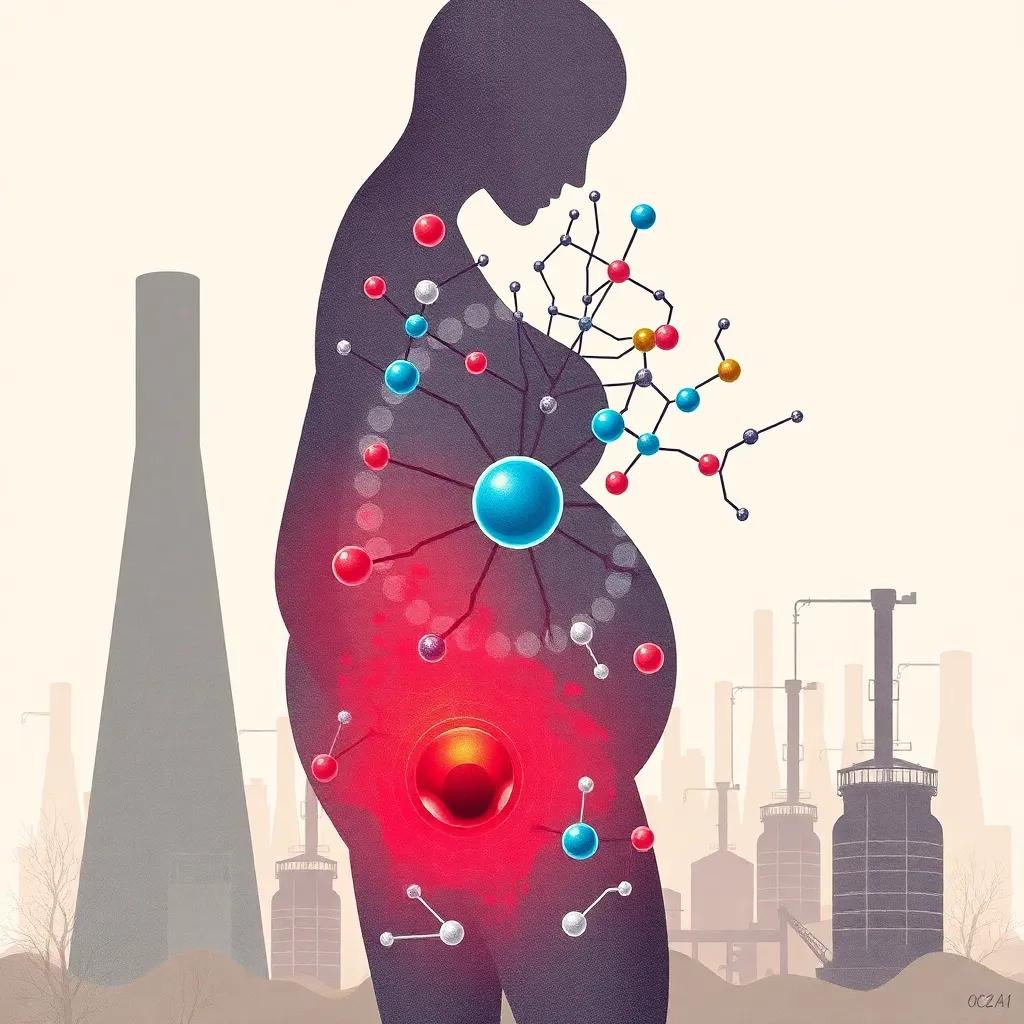Recent research shows PFAS chemicals disrupt maternal metabolic health, increasing diabetes risk through beta cell dysfunction, with marginalized communities facing disproportionate exposure.
Emerging evidence demonstrates how ‘forever chemicals’ sabotage metabolic systems during pregnancy, creating intergenerational health consequences demanding urgent policy action.
The Invisible Threat: How PFAS Chemicals Sabotage Maternal Metabolic Health
A 2024 European Environment Agency report confirms what researchers have suspected for years: exposure to per- and polyfluoroalkyl substances (PFAS) during pregnancy increases gestational diabetes risk by 30%. These ‘forever chemicals,’ found in everything from non-stick pans to waterproof clothing, accumulate in the body and disrupt delicate endocrine processes essential for healthy pregnancies.
Beta Cells Under Siege
University of California researchers published groundbreaking findings in Environmental Health Perspectives
demonstrating how PFAS impair pancreatic beta cell function. We observed PFAS molecules binding to GPR40 receptors, effectively blocking insulin secretion pathways,
explained lead researcher Dr. Elena Rodriguez during her presentation at the Endocrine Society’s annual conference. This mechanism explains why women with higher PFAS levels show impaired glucose tolerance independent of body weight.
The Socioeconomic Exposure Gap
CDC mapping reveals disturbing disparities: pregnant women in industrial zones like Flint, Michigan show PFAS concentrations 5x higher than affluent suburbs. Zip code is a stronger predictor of PFAS burden than genetic risk factors for diabetes,
noted Harvard School of Public Health’s Dr. Marcus Chen in his congressional testimony last month. Case studies from northern Italy’s chemical corridor demonstrate how these exposures perpetuate health inequities across generations.
Practical Protection Strategies
While systemic change is essential, expectant mothers can reduce exposure through:
- Replacing non-stick cookware with ceramic or cast iron
- Choosing PFAS-free dental floss and cosmetics (look for PTFE-free labels)
- Installing NSF/ANSI 53-certified water filters
- Avoiding stain-resistant furniture treatments
The EPA’s proposed drinking water limits (4 parts per trillion for PFOA/PFOS) represent progress, but experts argue this barely scratches the surface of needed reforms. As the EU’s REACH committee moves to ban PFAS in food packaging, the medical community must amplify its advocacy for protective policies while equipping vulnerable patients with science-backed prevention tools.




